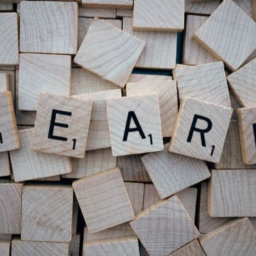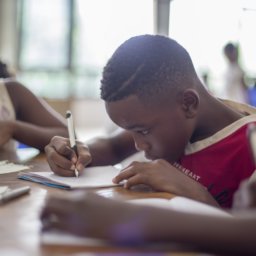For many children and adults, despite having no known physical or mental disability, many learning tasks like spelling, organising themselves, writing, reading and even playing games that involve throwing and catching, can present significant life challenges.
One of the most common specific learning disabilities is dyslexia. Simply, dyslexia is described as a difference in how certain people (adults as well as children ), process information. It is often diagnosed when children commence kindergarten but is frequently mis-diagnosed and under-diagnosed.
There are many indicators of dyslexia. Some of these include problems remembering more than two pieces of information, general forgetfulness and confusing sounds and words. The most common symptoms of dyslexia in school-aged children include difficulties with reading (especially with reading comprehension) and difficulties with spelling and writing. In the middle and upper primary grades, the most challenging management issue with dyslexia can be bullying and teasing by classmates.
One of the greatest assistance measures parents can offer is to read aloud to their children, especially whilst relaxed at bedtime. The power of a parent, animatedly reading to a child at bedtime can be one of the most effective strategies offered to any child with dyslexia. Whilst this doesn’t replace specific, measureable and tested learning strategies, it can be THE most positive link between parent, child and the reading process.





